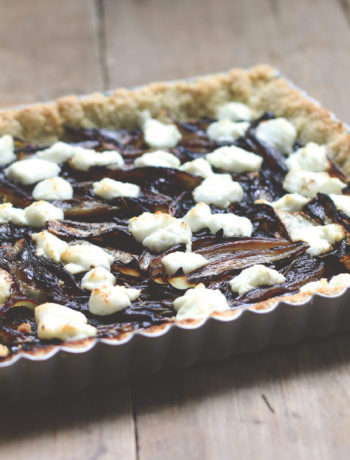Meet the Forged Knife. You saw the evolution of it last week. But today, let’s delve a little deeper into each part of the knife.
The Forged Knife: (From right to left, top to bottom)
1. The Blade: Precision-forged from one solid piece of steel. Tempered to the optimum 58 degrees Rockwell. The “business end” of the knife.
2. The Blade Spine: Carefully ground and polished.
3. The Bolster: The integral part of the precision-forged knife. Provides heft and balance for effortless cutting.
4. The Rivets: Permanently secure the handle to the full tang.
5. The Edge: Skillfully honed by hand. It is incredibly sharp and easily maintained.
6. The Etching: The WÜSTHOF name, the TRIDENT logo, the steel formula and the city of origin. Proud symbols and our guarantee of the finest quality.
7. The Finger Guard: Provides safety and comfort and adds heft.
8. The Tang: The extension from the blade and bolster into and through the length of the handle.
9. The Heel of the Handle: Assists in safe and controlled handling of the knife.
. . . . . . . . . . . . . . . . . . . . . . . . . . . . . . . . . . . . . . . . . . . . . . . . . . . . . . . . . . . . . .
More on Wusthof Knives:
Part 1: Steel & Production
Part 2: The Evolution of a Forged Knife
Part 4: Precision Edge Technology
Part 5: The 3 Blade Types
Part 6: The Cook’s Knife
Part 7: How to Use a Cook’s Knife
Part 8: Save Your Fingers! Tips on Cutting Correctly
Part 9: A Guide to Keeping Knives Sharp
Part 10: Proper Care for Long-Lasting Knives
Part 11: Storing Knives
Part 12: Coming Soon



